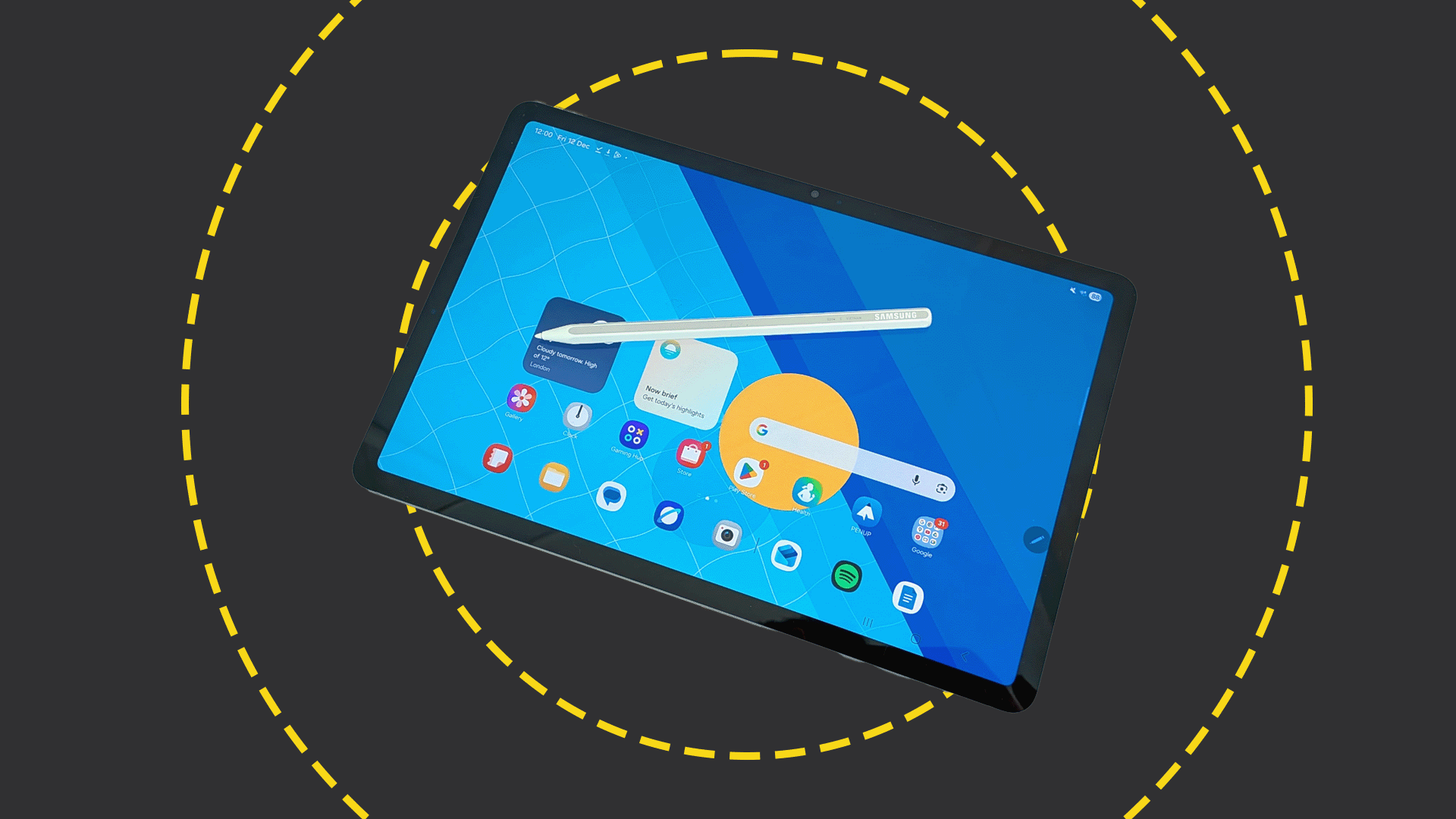Measuring Britain’s rural dial tone
The Countryside Alliance has stepped in to the debate about rural communities’ access to communications.

Inside the enterprise: Access to effective communications is now regarded as an essential part of daily life in the UK. Both mobile phones and broadband subscriptions form part of the "basket" of goods and services the Government uses to calculate inflation (RPI), for example. Smartphones and apps were added to the basket in 2011.
But for a significant minority of the population, though, access to both mobile phone and broadband services is far from guaranteed.
This has prompted rural pressure group The Countryside Alliance to attempt to "crowdsource" a more detailed map of rural mobile coverage.
Just about every rural business we speak too reports some sort of issue with mobile phone reception, whether it is in the workplace - which is often the fields in a farmers' cases - to out on the roads as they are making deliveries or going about their work.
The organisation believes that poor quality and dropped calls are more than an annoyance: they are also a barrier to growth in rural economies. The Countryside Alliance, along with other rural groups, has already warned about a growing "digital divide" between urban and rural areas, and called for a faster roll out of both fixed broadband and 4G mobile services.
According to Countryside Alliance executive chairman Barney White-Spunner, progress by internet service providers in rolling out faster services in rural areas has been slow, despite a Government broadband investment fund. He also wants to see rural areas included in the Government's 150 million Mobile Infrastructure Project, which was awarded last month to Arqiva.
"Just about every rural business we speak too reports some sort of issue with mobile phone reception, whether it is in the workplace - which is often the fields in a farmers' cases - to out on the roads as they are making deliveries or going about their work," said a spokesperson for the Countryside Alliance.
To support this campaign, the group is turning to members of the public to measure mobile phone signals, for both voice and data.
Sign up today and you will receive a free copy of our Future Focus 2025 report - the leading guidance on AI, cybersecurity and other IT challenges as per 700+ senior executives
By working with Rootmetrics, a company that provides online coverage mapping and phone carrier comparisons, the Countryside Alliance hopes to build up a more accurate picture of rural coverage and blackspots or "notspots" than either Government or mobile phone providers' own maps can provide.
Over the next few months, members of the public will be able to use an Android or iOS app to map signal strength and data coverage using Rootmetrics' CrowdSource app. The data will then be used by the Countryside Alliance to produce a much more detailed map of actual coverage, based on data gathered by members' phones.
Turning such information into better services, though, will take both time and effort. Filling in gaps in mobile coverage is technically quite difficult, as it the networks need to build additional base stations. In urban areas, small cells or femtocells can help, and can be installed on office buildings, shopping centres, and stations. In rural areas, that is harder to achieve, due to the distances involved and the shortage of tall buildings.
But mobile coverage, and broadband coverage, are often closely linked. In areas where a small cell might boost mobile signals, building owners might be reluctant to install one, if their own broadband already has limited capacity. And rural broadband speeds also make it harder to roll out alternatives for data services, such as Wi-Fi.
The Government recently extended the deadline for rural communities to apply for funding for broadband improvements. Everyone seems to agree that rural communities do need better communications. But it seems to be taking a long time to turn that agreement into practical action.
Stephen Pritchard is a contributing editor at IT Pro.
-
 HackerOne eyes enterprise growth with double C-suite appointment
HackerOne eyes enterprise growth with double C-suite appointmentNews Seasoned industry executives Stephanie Furfaro and Stacy Leidwinger have joined the cyber security vendor’s executive team
-
 Samsung Galaxy Tab S11 review
Samsung Galaxy Tab S11 reviewReviews A brilliant lightweight tablet with a superb screen, but the competition makes it look expensive